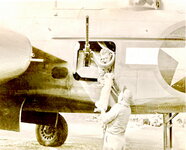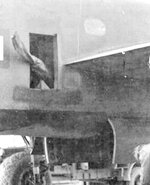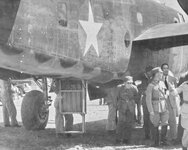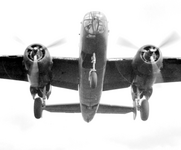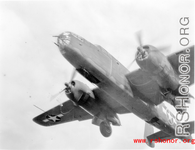Hello, I recently discovered this forum and this thread while working on some research for a model project involving B-25 41-13088 Chatter Box. All of you are a wealth of information, I thank you for what you have accumulated here. Keeping in mind earlier comments that each B-25's situation was often unique, is there any knowledge on at what point the ventral turrets were removed on these early strafer conversions, on Chatter Box in particular but info on any of them would be helpful if I end up having to make an informed guess.
Additionally, when the ventral turrets were removed, is there any knowledge on how the resulting hole was treated? Were they skinned over to smooth the surface or simply left open? I would think that leaving them open would cause increased drag and reduced performance, but I did not want to entirely dismiss the possibility.
I remember reading that an additional fuel tank was often put in when the ventral turret was removed, so this may or may not also be part of the answer.
Thank you all in advance for any help you may be able to offer.
Doug
Additionally, when the ventral turrets were removed, is there any knowledge on how the resulting hole was treated? Were they skinned over to smooth the surface or simply left open? I would think that leaving them open would cause increased drag and reduced performance, but I did not want to entirely dismiss the possibility.
I remember reading that an additional fuel tank was often put in when the ventral turret was removed, so this may or may not also be part of the answer.
Thank you all in advance for any help you may be able to offer.
Doug

